They last forever. They taste as good as fresh products. And they’re coming soon to a shelf near you. But after numerous false starts, will consumers take to long-life products this time around?
In the 1980s sci-fi movie Back to the Future Part II, a miniature Pizza Hut pizza is inserted into a Black & Decker Hydrator and, seconds later, voilà - a full-size half-pepperoni, half-green pepper pizza emerges from the bowels of the machine, piping hot and ready to eat.
As the food hydration machine shows, Hollywood has a patchy track record of predicting what the future will look like - hoverboards and flying cars, anyone? And when it comes to food and drink in particular movie makers have consistently been well wide of the mark. Take food pills, for example. They’re the staple diet of any self-respecting sci-fi movie, yet we’re no closer to consuming these pills than we were in the 1930s when the big-budget futuristic comedy Just Imagine first floated the idea.
Hollywood gets it wrong because instead of asking food manufacturers what current food trends they believe will shape the future, it employs futurologists and then indulges their flights of fancy - with disastrous results.
If a movie mogul working on an upcoming sci-fi flick were to ask food and drink manufacturers today what they think the big trends of tomorrow will be, chances are that many of them would mention longer life products. Over the past 12 months or so we’ve seen the launch of products such as a 14-day sandwich, six-month juices and a ready meal range with as much as 18 months’ shelf life. But what’s driving this trend?
The concept of long-life food has been around for hundreds of years - ever since mankind discovered that meats could be cured and fruits and vegetables could be pickled. The introduction of canning in 1810 further upped the ante, as did the advent of microwaveable products in the 1970s. These store cupboard items were cheap and convenient and instantly found favour with a loyal consumer base, even if some shoppers considered them to be poor quality.
However, we now seem to be on the verge of a new dawn of long-life items, produced using all manner of different high-tech wizardry and offering the same levels of convenience but greater quality.
“There are loads of places where you can’t sell chilled and frozen foods, which is why this is growing”
Mike Ashton
Ambient juice brand Coldpress is a good example of this trend. The company secured listings in Waitrose for its six-month shelf life range of fruit juices in September last year and, according to company MD Andrew Gibbs, the product has gone down a storm with consumers. “We’ve had a few emails from consumers concerned about the extended shelf life but once we explain the technology they’re more than satisfied with the answer.”
Gibbs claims the juices are made in the same way as Tropicana or Innocent but rather than being hot filled into the bottles like most ambient juices, they are filled chilled and then placed into a high pressure vessel, thus locking in the flavour.
The longer shelf life of the product reduces waste and helps retailers retain more margin, according to Gibbs, who thinks that one of the key drivers behind the long life food trend is supply chain pressures.
It’s a view subscribed to by Wayne Morley, head of food innovation at Leatherhead Food Research. “Consumers are always interested in long shelf life foods, but more so manufacturers are driving increased shelf life because it gives them more flexibility in their supply chains,” says Morley. “This type of product means that manufacturers can do longer production runs and as a result they are able to supply the retailers in a more timely fashion.”
Retailers are also keen on stocking more of these types of products, according to Emma Hanby, product innovation manager at Campden BRI. “For the companies we work with, we’re getting quite a few requests for longer life products and the reason for that is retailers are demanding that products can sit on their shelf for longer,” explains Hanby. “They want products that are long life but have the same quality parameters as fresh products and they want them to retain their nutrient composition over time, which is very difficult.”
It may be challenging to meet these criteria, but some manufacturers believe that they have mastered it. Enterprise Brands unveiled a range of ambient ready meals in 2009 with a 12-month shelf life that use no artificial colourings or preservatives and in many cases are gluten-free and halal.
“When we launched Bistro Express we were targeting waste reduction,” explains Enterprise Brands MD Mike Ashton. “Independent retailers don’t stock or sell many ready meals mainly because of waste, but these products allow them to get around this problem.”
Ashton claims that the range is enjoying sales growth of 38% year-on-year and adds that the company is about to add new flavours. “We’ve got such a broad range of customers. We’ve even got hairdressing salons taking it and we’re just about to start a trial with a betting office chain. There are loads of places where you can’t sell chilled and frozen food, which is why this is growing - people are catching on to it.”
“They want products that are long-life but have the same quality parameters as fresh products”
Emma Hanby
The success of operators like Enterprise hasn’t gone unnoticed by the big brands. Princes rolled out a four-strong range of ambient ready meals in May boasting an 18-month shelf life. According to Neil Brownbill, marketing director at Princes, the range was launched in response to “the desire for lower food wastage and greater convenience in food preparation” and the growing number of consumers looking for “cost effective meal solutions as household budgets have tightened” due to the economic climate.
“We recognised an area of growth for the ready meal market following consumer research showing that most people only interacted with the category as part of a main meal rather than for lunchtime or snacking occasions,” adds Brownbill. “Delivering a product that could address consumer’s needs within these previously untapped areas within the ambient fixture would, we believed, provide the next step change for category performance by increasing the number of times consumers interact with the category and therefore drive frequency of purchase and growth.”
Princes’ new range is largely targeted at young families, but Brownbill is confident that the combination of flavours and keen price point will broaden its reach. “The category as a whole currently appeals to a slightly older demographic but through creating more contemporary products we are confident that we will expand the overall penetration of the category and in fact purchasing data at this early stage is already demonstrating this to be the case,” he says.
Not everyone is convinced. Paul Beresford, owner of Cambridge Market Research, says that the recent raft of NPD is merely a repeat of a trend that played out in the 1980s and then died away. “There was a similar big flush of this sort of activity in the ’80s when microwaves became popular and they just disappeared because at the end of the day they get stuck in a store cupboard,” he says. “While there has been a lot of this sort of ambient product rolling through the system over time they never stick, they never find a niche.”
But there are also plenty who think we’re on the verge of seeing a new breed of long-life ambient products hit the shelves - products that are better quality and tastier than their predecessors. Win over consumers and long life could well have a longer life this time around.
The Grocer puts long-life products to the test
Booker: 14-day sandwich
Developed by RFB Food Solutions for Booker, the range caused a media stir when it was launched last year. While the long-life sandwiches may be a great idea for cutting waste in one of the most wasteful areas in store, the flavour profile is exactly what you’d expect - pretty basic. According to RFB’s website the range is currently being extended using different packaging formats and product type.
Coldpress: six-month juice
MD Andrew Gibbs says the juices are made in the same way as Tropicana or Innocent, but rather than hot filling the bottles like most ambient juices, they are filled chilled and then placed into a high pressure vessel, thus locking in the flavour. The ambient juice, which is sold in the chiller in Waitrose and comes in a range of different flavours, tastes as good as any fresh juice on the market.
Bistro Express: 12-month ready meal
Bistro owner Enterprise Brands originally worked up a long-life ready meal with a Michelin-starred Indian chef, but a fire at a manufacturing plant put paid to the range. The replacement products, which have a 12-month shelf life but could safely be eaten within two years of manufacture, are surprisingly tasty despite the uninspiring pack. Enterprise has just added a new chicken satay dish to the range.
Princes: 18-month ready meal
The four-strong line-up, which launched towards the end of May this year, comprises chilli con carne, chicken curry and chicken supreme, (all with rice in a separate compartment), plus beef in red wine with potato. The products are currently stocked by Tesco, priced £1.79 for a 320g pack. The packaging is nice and bright and the products are perfectly palatable, if a little bland.



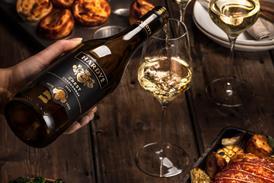




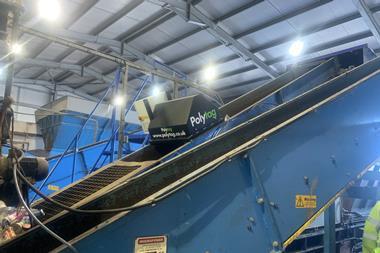
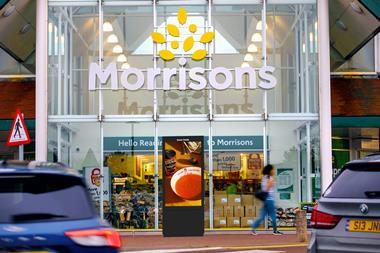






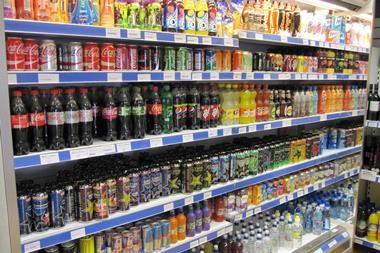

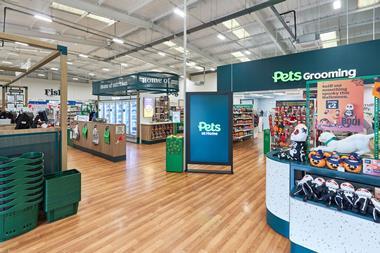
No comments yet